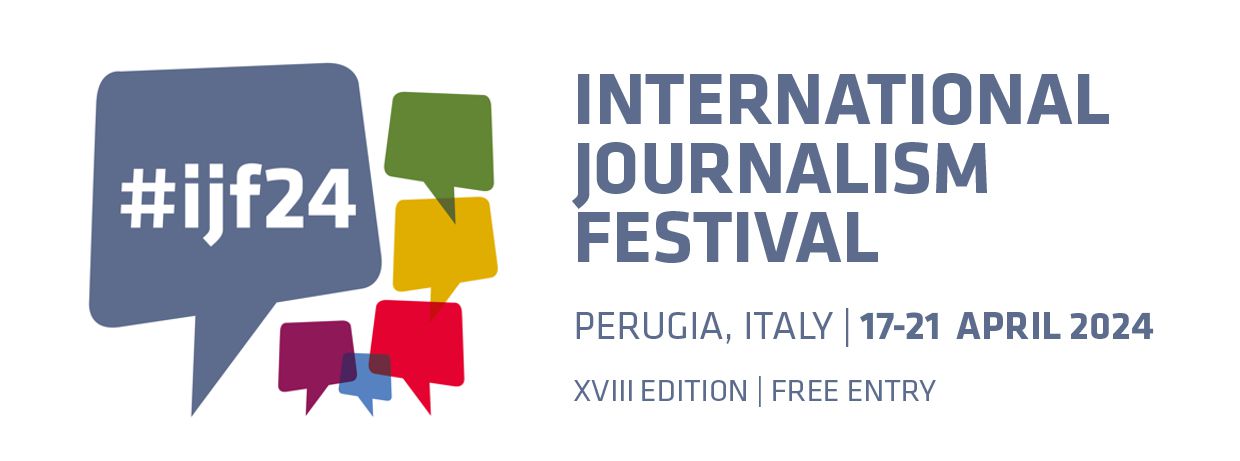by Vincenzo Marino – translated by Roberta Aiello
A home for anonymous sources at The New Yorker
In the last few weeks, Italian news has been dominated by the debate about online anonymity, with different positions on the protection of personal and work information on the web. With the launch of Strongbox by The New Yorker, the discussion about the right to data protection and privacy is back in the news in the United States from a different point of view. Strongbox is an archive platform where people can send documents and messages to the magazine in complete security and anonymity. Based on the DeadDrop project set up by Aaron Swartz and Kevin Polusen, it will use a system of reception and access to documents through several steps. With the transition from one medium to another, the use of the Tor network and the protection of the identity of the sender through the adoption of random encrypted username, Strongbox should bring ‘sensitive’ contents to the attention of The New Yorker – on servers separated from the rest of the Condé Nast infrastructure – whose transmission requires the utmost discretion.
The first comparison is with Wikileaks whose data security, Alex Fitzpatrick notes on Mashable, has been greatly undermined by the Bradley Manning case, and the efficiency of the project affected by the legal position of Julian Assange. Strongbox is simply an extension of the mailing address, NewYorker.com states, a sort of natural evolution of the contact form, from the address on the inside cover of the first issue of the magazine in 1925, to the inclusion of a phone number in 1928 and an e-mail address in 1998. The launch post explains, perhaps in a slightly ambiguous way, that it is a sort of ‘Dropbox’ for sources who wish to maintain “a reasonable amount of anonymity”. However, the journalist Greg Mitchell, intrigued by the article, asks how ‘strong’ is the impenetrability of Strongbox, effectively. With curious timing, the project was launched the same week in which we discover that the Obama administration, and in particular the Department of Justice, has secretly intercepted AP’s phone lines for two months.
What if mass media were an accident of history?

The revisiting of a new relationship between the individual and the multidirectional media universe makes mass media the last terminal of content and documents but not the platform that holds the exclusive prerogative of news and sources, including the most sensitive. What if the concept of ‘mass media’ were to be put into question? This week Mathew Ingram on Paid Content, starting with a study by Lee Humphreys on communication patterns prior to the information industry as we know it, raises the question. The thesis of the post is resolved with the title: what if mass media were only an accident of history? We tend to think that once we reach this kind of media production there are no other alternatives, as if the TV and newspaper market of the twentieth century was the perfect and definitive winning option of the historical progress in the field, destined to last forever. In recent years, these certainties, month after month, have begun to be less and less sure with the services – and new communication models – imposed by tools like Facebook and Twitter.
“There is often a pervasive nostalgia for ‘the good old days’, when a handful of newspapers and TV networks ruled over the media landscape”, Ingram begins. The research of Humphreys describes how, for a long time, communication was led by a one-directional type of production. More personal, it found its own medium in private diaries which, during the nineteenth century, began to be exchanged and read becoming a product for public use, and personal at the same time, finding the strongest achievement with the advent of Freudian psychology. A system of personal writing – that was also reflected in the first journalistic and literary production of the twentieth century – which can be assimilated to that of today’s blog or, better, to a “slower and less widespread version of Twitter”. The point is to ask whether we should aim for a sustainable future ‘at all costs’ for a system that has established itself over the past decades, but that is not – Ingram assumes – necessarily destined to survive forever, since already today the products related to this model can hardly find a profitable position in the market. Returning to a debate that has taken hold in the last few days, which reappeared on online news with alternating rhythms, this is the best of times and the worst of times for journalism.
Why ‘Snow Fall’ is – or is not – the future of print
The industry is dealing with a process of radical reconstruction of journalism as a product for readers and advertisers, in a context where the first are able to almost completely replace the media, and the second tend to move more and more towards mobile, regardless of the type of content. A few months ago The New York Times published a longread, multimedia article, innovative and appreciated, both by readers and ‘critics’. It is the famous “Snow Fall” by John Branch, visited by nearly 3 million unique users and winner of a Pulitzer last April. The project, which we have already spoken about in RoundUp, was back in the news again, when Om Malik on GigaOM talked about it as a way – forThe New York Times and all the mainstream press – to reinvent themselves and scoop Buzzfeed. According to Abramson, the executive editor of the Times, Snow Fall has become a sort of precedent that everyone wants to emulate (a recent example is Newsweek.com) but not everyone can afford to, committing months and months working for an essentially free product, and “25 million dollars” to serialize the format and produce “100 projects in Snow Fall style”. It is an advantage, in terms of possibilities and brand, that only newspapers such as the NYT can capitalize. Om suggests making this model an editorial format as a starting point, a new core business to be placed on the market like a Hollywood product, with product placement (creative advertising), distribution channels (multi-platform), and stars (big names), exactly as they would do for films.
Abandoning forever the idea of a print-centric journalism, leaving behind the legacy of the old editorial structures and playing like ‘natives’, with a flexible team capable of producing content on multiple media. Hamish McKenzie of PandoDaily has a completely different view about Snow Fall and the curiosity created around the project. For McKenzie the success would not be easy to replicate and it would not be useful to reverse the trend of the falling advertising market in an economicly depressed scenario. In a market in which the news industry is no longer attractive to advertisers, “no multimedia ad for Land Rover in a ‘Snow Fall’ story is going to fix that”. According to McKenzie, it is an entire model to be rethought, in an industry that has to learn how to deal with a post-advertising era (regarding this issue, one should watch “Beyond advertising“, a panel organized in association with the Columbia Journalism Review at the International Journalism Festival). McKenzie concludes that the solution may be a paywall, perhaps more affordable subscriptions and a smaller newsroom, or ecommerce. “One thing for sure that will not solve that problem, however, is 100 variations on a one-hit wonder”.
Who is making money on the web?
The experiments are numerous and not all failures. This week JP Mangalindan analyzes for Fortune – CNN Money seven cases of online media, their results in terms of contacts and economic returns and their future prospects. They are the most well-known groups and all are American. In different way, they are working in more sectors and trying to offer products that are clearly recognizable and possibly successful. The first case is The Huffington Post, 73 million readers all over the world, more than 500 employees, known for its combination of high – which earned a Pulitzer – and low content. A case history born from an investment of one million dollars – which was followed by another 20, then 315 of AOL – profitable until 2010, the year before the acquisition by the American service provider. The second is Gawker Media: online since 2001, read by 40 million users and whose mission, as the tagline says, is “Today’s gossip is tomorrow’s news”. Founded by Nick Denton (from his home, literally), it has now approximately 150 employees and is based on a program of brand advertising and e-commerce on different sites of the platform (Jezebel, Gizmodo, Deadspin) that contributes to revenue, with positive results compared to the costs, since 2006. The next project is the launch of a new publishing and discussion platform called Kinja.
In 2009, Choire Sicha, a former writer for Gawker, founded with Alex Balk The Awl, a brilliant blog which has 3 million monthly visits (according to the data from last January), thought up by Sicha, after finding that in other newsrooms, for him and people like him, there was no space. “We finally just decided to stop working for those people who did not care about us”. A business model based on a few simple ads and advertorials, The Awl does not provide numbers in terms of dollars. However, it seems that its finances are under control. Online since 2003, the Vox Media group will begin to be profitable by the end of the year. Vox operates the sports blog SB Nation, the hi tech site The Verge, and the recently-launched videogame-focused Polygon. The group is working on the creation of innovative advertising projects to entice advertisers to purchase space – for which, CEO Jim Bankoff says “web advertising sucks”.
It is the Buzzfeed model, another case analyzed by Mangalindan, which makes of native advertising and alternative advertising a major source of attraction for big brands. Over 40 million unique visitors in March, Buzzfeed (which was presented at the International Festival of Journalism by executive editor Doree Shafrir) comes from an idea of Jonah Peretti, the co-founder of HuffPost. With cats (here an investigative report of this week on PBS about why cats “dominate internet”) and politician scoops, according to the Wall Street Journal, BuzzFeed should end the year with $40 million in revenue. Both Business Insider (24 million readers, profitable in the first quarter of 2013) and SAY Media, the group of the tech site ReadWrite (20 million users), should be followed.


